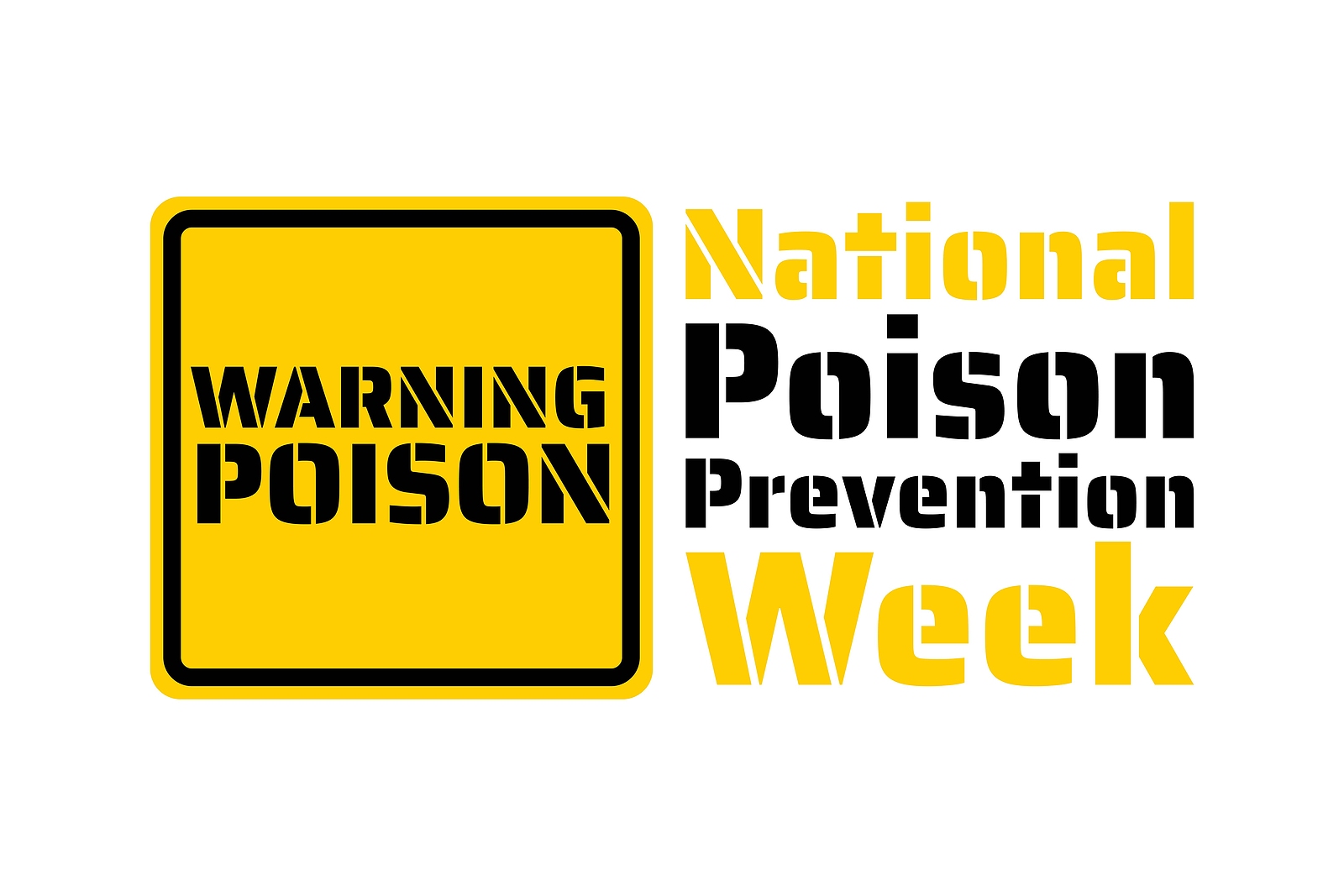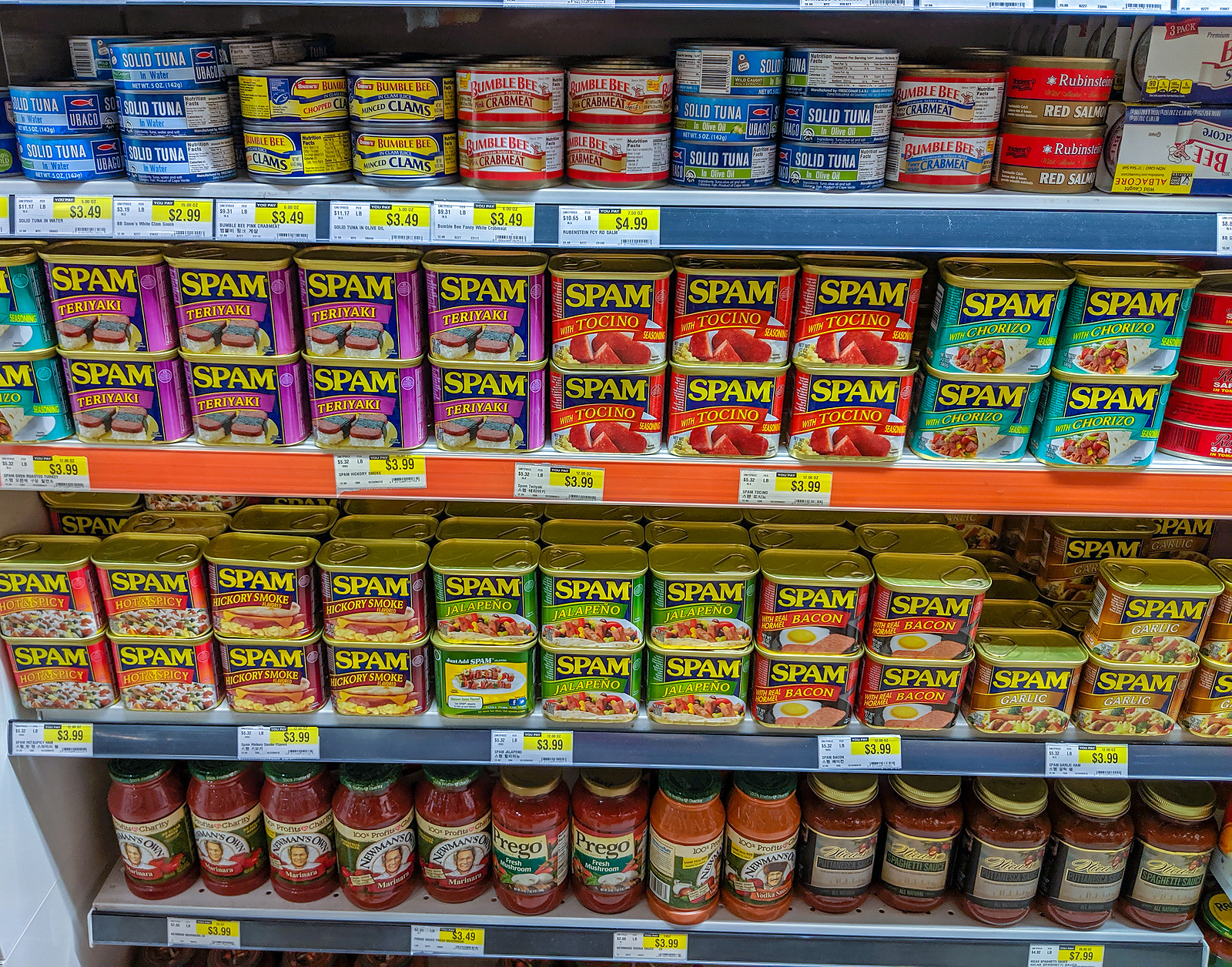The first day of spring arrived on Sunday, March 20, and with it comes sunshine, fresh air… and spring break! It’s the perfect season to get out, explore, and maybe try something a little different.
This year, we invite you to think outside the box and take your travels in a new direction — one shaped by American manufacturing and industry.
It might sound niche, but industrial tourism is more common than you think. And with a wide mix of in-person experiences and virtual options, there’s something for everyone whether you’re traveling or staying in.
Regional Manufacturing Travel Ideas
The Rust Belt: This Great Lakes region (PA, MI, IN, WV, OH) shaped the American industrial backbone. Rich in coal, iron, and transport networks, it’s known for automotive, metal fabrication, food, and chemical manufacturing.
California: A hub for electronics, computers, chemicals, and petroleum products. California has long been a leader in both tech and heavy industry.
Texas: Similar to California, Texas is strong in petroleum and chemical production. It also leads in food and building materials like brick and cement.
New England: With deep roots in America’s earliest industrial revolutions, New England (MA, CT, NH) is now a powerhouse in aerospace, electronics, and appliance manufacturing.
Must-See Museums and Exhibits
- American Precision Museum – Windsor, VT
- Henry Ford Museum of American Innovation – Dearborn, MI
- Louisville Slugger Museum & Factory – Louisville, KY
- Kregel Windmill Factory Museum – Nebraska City, NE
- Baltimore Museum of Industry – Baltimore, MD
- Museum of History & Industry – Seattle, WA
- The Kazoo Factory – Beaufort, SC
- Minnesota Transportation Museum – St. Paul, MN
- Heritage Center of Dayton Manufacturing & Entrepreneurship – Dayton, OH
- Lowell National Historical Park – Lowell, MA
- Goodenough Silver Mine Underground Tour – Tombstone, AZ
Statues and Historical Memorials
- The Hat Maker Statue – Danbury, CT
- Mechanics Monument – San Francisco, CA
- Rosie the Riveter Memorial – Richmond, CA
- Thomas Talbot Statue – Atlanta, GA
- Brown Building Plaque – Manhattan, NY
Virtual Tours & Online Exhibitions
- National Museum of American History – Industrial Drawings
- National Museum of American History – Solar Power
- Tuesday Tech Talks – Charles River Museum of Industry and Innovation
- Amazon Fulfillment Center Virtual Tour
- Jet Propulsion Laboratory Virtual Tour
- Kregel Windmill Factory Virtual Tour
If you’re interested in more manufacturing history, don’t miss our post:






